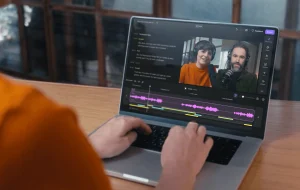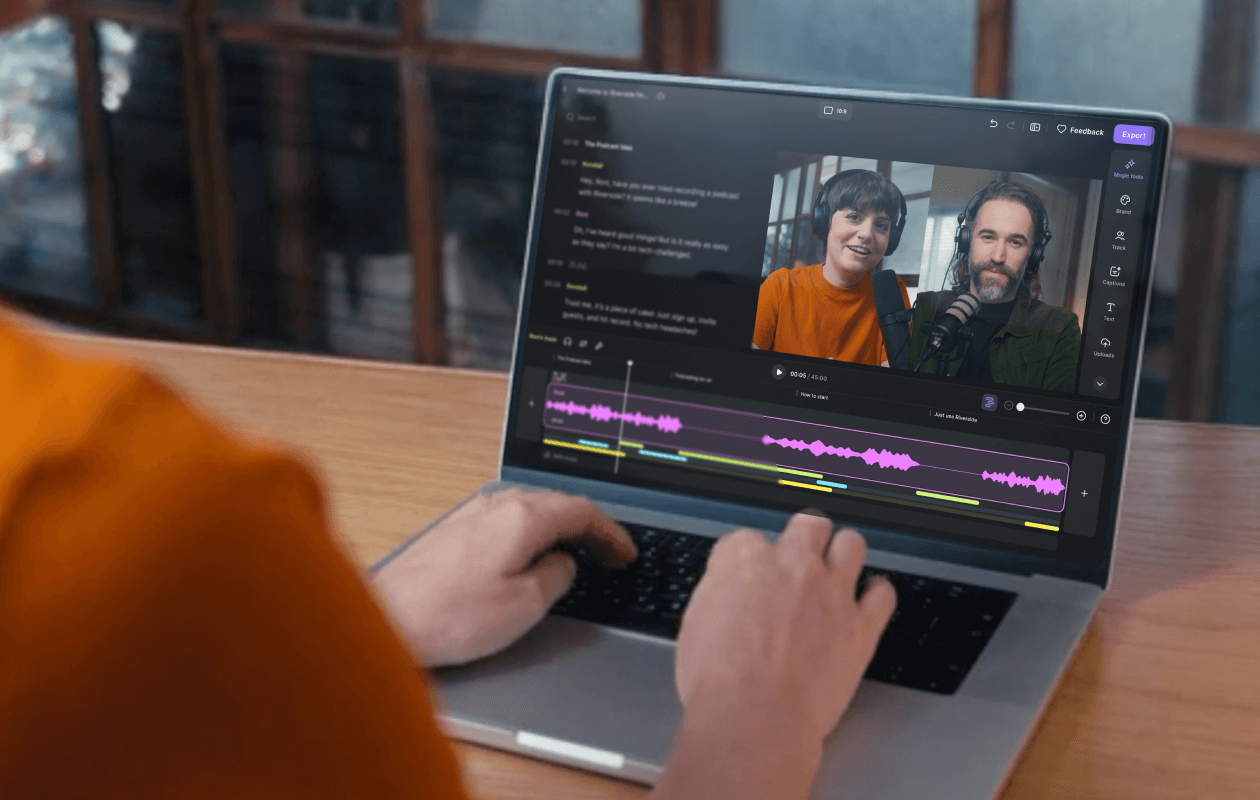
Video editing is the process of manipulating and rearranging video shots to create a cohesive, engaging story. It involves trimming, combining, and enhancing raw footage to produce a polished final product. Whether you’re an aspiring filmmaker, YouTuber, or social media creator, understanding the basics of video editing is a fundamental step in bringing your creative visions to life.
In this guide, we’ll explore what video editing is, its importance, and the essential techniques and tools beginners need to get started.
Understanding Video Editing: The Basics
At its core, video editing is the art of storytelling through visuals and audio. It transforms raw footage into a meaningful and visually appealing presentation. This process includes:
- Trimming Clips: Removing unnecessary parts of a video to focus on the important elements.
- Adding Transitions: Smoothly connecting different video clips.
- Incorporating Effects: Adding special effects, text, or animations for visual enhancement.
- Synchronizing Audio and Video: Ensuring the audio aligns perfectly with the video.
- Color Correction and Grading: Adjusting colors for a consistent and professional look.
Why is Video Editing Important?
Video editing plays a crucial role in the success of content in various industries, including entertainment, education, marketing, and social media. Here are a few reasons why video editing is essential:
- Enhances Storytelling
Video editing allows creators to craft compelling narratives by arranging clips in a logical sequence. This keeps viewers engaged and emotionally connected. - Improves Video Quality
Through editing, raw footage can be refined by removing errors, adding effects, and improving audio and visuals. - Captures Attention
A well-edited video is more likely to hold a viewer’s attention, making it ideal for platforms like YouTube, TikTok, and Instagram. - Professionalism
Good editing adds a polished, professional look to your content, making it stand out in a crowded digital landscape.
The Video Editing Process
The video editing process can be broken into five basic steps:
1. Planning and Importing
Before editing, plan your video’s purpose, tone, and structure. Import your raw footage into editing software, organizing it into folders for easy access.
2. Trimming and Cutting
Remove unwanted parts of the video to focus on key moments. Use tools like the cut and trim functions to refine your footage. For a quick and easy solution, trim video online with Adobe Express, which offers intuitive features to streamline your editing process.
3. Adding Effects and Transitions
Enhance the visual appeal by incorporating effects, transitions, and overlays. These elements keep the video engaging while maintaining flow.
4. Audio Editing
Clean up background noise, adjust volume levels, and sync music or voiceovers with the video. Audio plays a critical role in the overall quality.
5. Color Grading and Exporting
Apply color corrections to improve consistency and mood. Once finalized, export the video in the appropriate format for your desired platform.
Essential Video Editing Techniques for Beginners
Here are some basic techniques every beginner should know:
1. Cutting and Trimming
These are fundamental techniques used to shorten clips or remove unnecessary parts. Mastering them ensures your video flows smoothly.
2. Transitions
Transitions like fades, dissolves, and wipes help move seamlessly between clips. Use them sparingly to avoid overwhelming the viewer.
3. Titles and Text
Adding text, such as titles, subtitles, or captions, provides additional context or emphasis. Choose clear fonts and appropriate sizes.
4. Pacing
Proper pacing keeps the audience engaged. Adjust the speed of clips to match the tone and rhythm of your story.
5. Audio Syncing
Ensure that the audio matches the visuals perfectly. Misaligned audio can distract viewers and reduce the quality of your video.
Tools for Video Editing
Beginner-Friendly Video Editing Software
- iMovie: A free, intuitive tool for Mac users.
- Windows Video Editor: A simple editor for Windows users.
- DaVinci Resolve: Free software with professional-grade features.
- HitFilm Express: Ideal for those interested in basic effects and editing.
- CapCut: A mobile-friendly app for quick edits.
Advanced Video Editing Software
- Adobe Premiere Pro: Industry-standard software for professionals.
- Final Cut Pro: A popular choice for advanced Mac users.
- Sony Vegas Pro: Known for its powerful features and user-friendly interface.
Essential Hardware
Investing in the right hardware ensures smooth editing. Key tools include:
- A Powerful Computer: Video editing requires a machine with good processing power, RAM, and graphics capabilities.
- High-Quality Storage: External SSDs are great for storing large video files.
- A Good Monitor: A color-accurate monitor enhances precision in editing.
Tips for Beginners in Video Editing
- Start Simple
Focus on mastering basic techniques before diving into advanced features. - Use Tutorials
Online tutorials are a goldmine for learning new skills and software tips. - Experiment
Try out different effects, transitions, and editing styles to find your unique approach. - Keep Files Organized
Use descriptive names and folders for your video assets to save time during editing. - Practice Regularly
Editing is a skill that improves with practice. Start with small projects and gradually take on more complex tasks.
Common Mistakes to Avoid
- Overusing Effects
Avoid adding too many transitions or effects, as they can make your video look unprofessional. - Ignoring Audio Quality
Poor audio can ruin an otherwise good video. Invest time in cleaning up and syncing audio tracks. - Rushing the Process
Take your time to refine each aspect of the video. Hasty editing often results in sloppy work.
The Future of Video Editing
The rise of AI-powered tools, 4K and 8K videos, and virtual reality (VR) editing is transforming the video editing landscape. Beginners should stay updated with trends and technologies to stay ahead in this dynamic field.
Conclusion
Video editing is an essential skill for anyone looking to create captivating content. By mastering the basics and experimenting with tools, beginners can elevate their videos and bring creative ideas to life. Whether you’re editing a simple home video or aiming to become a professional editor, the journey begins with understanding the fundamentals.
Start small, practice often, and let your creativity shine!
